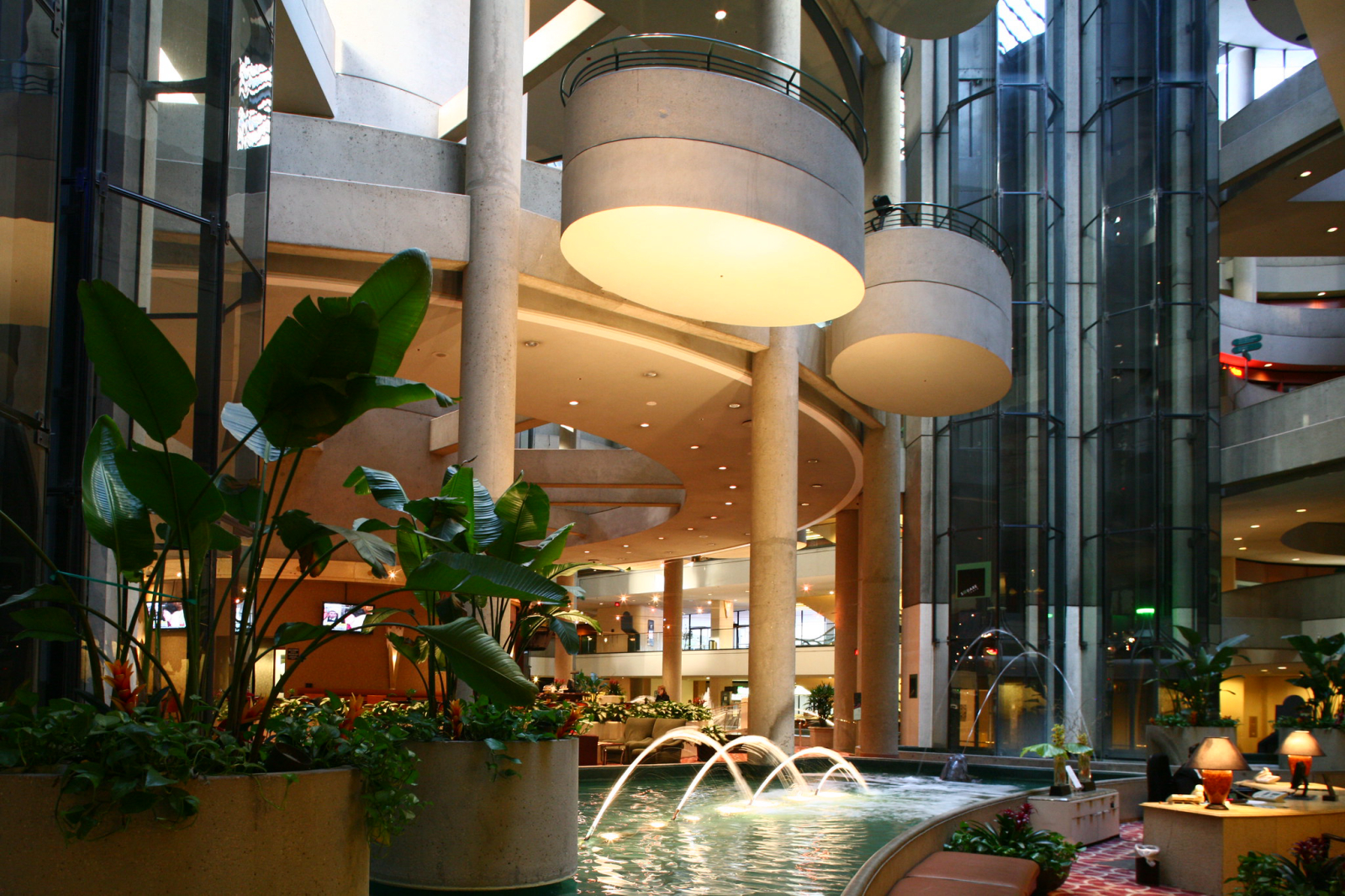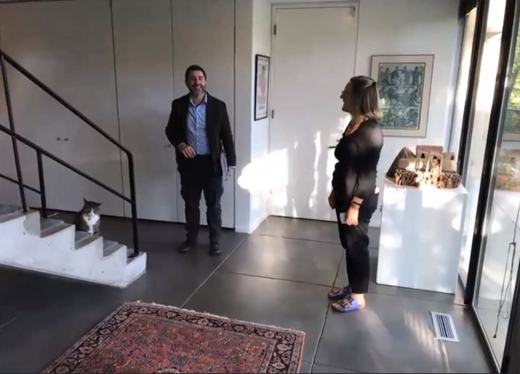In January of this year, we declared it was time to embrace the '70s. Throughout the year, we advocated for the often misunderstood architecture, landscape, and sites of this groovy decade by documenting nationally significant sites on the Explore Modern Register, our chapters created maps to raise awareness of the many 1970s sites in their regions, and we partnered with groups such as the LA Conservancy, New York City’s Historic Districts Council, and Preservation New Jersey to continue to engage and raise awareness with a broader audience. And of course, we continued to advocate for threatened modern sites of the ‘70s. This effort culminated with forty events taking place for Tour Day 2020 during the month of October, organized by our regional chapters, friend organizations, partners and individuals. If you missed any of these events, we have compiled the virtual recordings for you below.
We aren’t done with the ‘70s yet – there are still nine more years to celebrate them turning 50! – but we are grateful to all of our chapters, friends and supporters for getting us off to a great start.
Virtual Hollin Hills
Docomomo US/DC
Hollin Hills is a neighborhood of modernist houses designed by architect Charles Goodman for developer Robert Davenport and constructed between 1949 and 1971. For Tour Day, Docomomo US/DC provided an introduction to the neighborhood, video tours of the ALCOA "Care-Free" Home—one of only twenty-four built nationwide and currently undergoing renovations—and a two-story atrium house constructed of prefabricated panels, plus a brief presentation by John Burns, FAIA, on Goodman’s other work in the Washington area. You can view the ALCOA "Care-Free" Homes videos on their website.
More videos are available on their website.
Modernism Week Fall Preview
Modernism Week hosted the inaugural Fall Preview Online Experience from October 15-31, 2020 at modernismweek.com. The online event was held in place of the annual four-day in-person Fall Preview event in Palm Springs, California. The online video festival included seven different programs that were similar to events that would typically be available during Modernism Week as in-person events. Ticket prices were $5 to $35 per event, with two free events. Participants were able to stream the programming on-demand at their leisure for 30 days.
The pre-recorded video programs and one livestream social event included a guided Signature Home Tour series of five significant Palm Springs residences; an entertaining driving tour of Palm Springs with Charles Phoenix; "The Best of Mod with a Twist," humorous and informative presentations about midcentury pop culture; conference sessions from "Fast Forward: Designing the Future of Palm Springs"; two new documentary-style films about the preservation of architectural landmarks in Palm Springs: “Preserving Modernism: The Town & Country Center”, and “The Restoration and Stabilization of the Cornelia White Residence” in Palm Springs, and a Zoom-based happy hour.
More videos are available on the Palm Springs Preservation Foundation YouTube channel.
Marcus Garvey Village Virtual Tour with Mark Ginsberg
Docomomo US/New York Tri-State
From 1968-1975, the Urban Development Corporation (UDC) of New York State produced 33,000 dwelling units, an average of over 4,700 units per year. Much of this production was innovative in planning and design, including explorations of low-rise high-density housing, in part based on Oscar Newman’s book Defensible Space. One project that realized the concept of low-rise high-density was Marcus Garvey Village, designed by a team at the Institute for Architecture and Urban Studies (IAUS) led by Kenneth Frampton and completed in 1976. Mark Ginsberg, FAIA of Curtis + Ginsberg Architects, who designed a major renovation to the complex, gives a guided tour and explains the project’s background, its strengths and weaknesses, how it fared over time and how the renovation revitalized the complex. [Please note recording starts about 5 minutes into the presentation].
View the presentation
Password: 3PU.i13a





